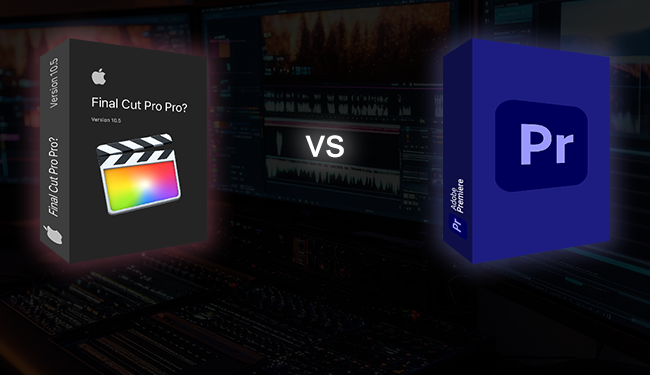Studio workflow design is not the most exciting topic for many, but an essential element for the production team. The novice video producers can be excused for getting caught up in the details of equipment, software, and editing techniques while losing sight of how important it is that all of the elements of your operation work together in harmony so you can make the best use of the resources.
The experienced video producer understands that developing your studio workflow model isn’t a “one size fits all” process. While your experience and the experience of others can be useful in developing your studio workflow model, you’ll need to take the unique characteristics and attributes of each studio into account to create a workflow that’s best for them. These custom-made workflow models are helpful and can be tweaked for both pre-production and post-production activities.
Let’s examine some of the pieces that will go into developing a workflow design that matches the strengths and needs of your production team.
Balancing Human Resources with Technology
It’s easy for us to be tech-centric, and focus our thoughts on what hardware and software a production team are currently using. That can often be a big mistake, particularly if your goal is not to completely disrupt the current workflow model of the production team. Software and hardware changes should always be made with careful consideration of the effect it will have on the productivity of the team members who are using the hardware or software. Consider these potential stumbling blocks:
- Software changes – You may have firm opinions on which software will be the best to use in your studio. But if you have a video production editing team that’s firmly locked into an existing software platform that’s different, you’ll need to consider the time spent retraining the team, plus the inevitable (if hopefully only temporary) lag in production efficiency you’ll encounter.
- Hardware shifts – Once again, there may be excellent reasons to change hardware, such as shifting from PC to Mac, or vice versa. Carefully consider your decisions along these lines, since hardware shifts can come with a significant price tag.
Don’t mistake these cautionary warnings for a Luddite-like resistance to changes. Rather, consider it a plea to be people-centric when making these decisions. All people and workforces are different, but in many cases, they can share a resistance to change. Ensure that your team understands the reasons for software and hardware changes, and make sure they feel supported in the learning process to master new gear and software when you present it to them. They should never feel that change is being imposed upon them, but that they’re part of a process that will make them a better and more productive studio.
Finding and Creating Efficiency within Your Workflow
A video production studio is judged on the quality of its work – mostly. Just as important to the video production studio’s clients is whether or not the studio meets its deadlines. And from the standpoint of the studio, efficient production processes allow more work to be done, with corresponding improvements to the bottom line.
The key element in creating an efficient production studio workflow is analyzing what each member of the team’s function is, and then figuring out ways to optimize their creative output within the areas of their expertise, and reducing the number of lower-demand routine tasks that they must perform. Here are a few common scenarios where efficiencies can be leveraged:
- Editing versus rendering – You rely on your video editors to perform the important task of creating the finished video presentation. This is important and skilled But are the same professionals sitting around while their hardware is being used to render footage? Split that process off to someone else, and the editors can stay focused on important tasks.
- Farm out the prep work – You can also optimize the work-through rate of your editors by designated staff to prep video projects. Rather than having to spend the time to put together the materials for each editing project, employing an assistant to gather footage, effect files, titling, and other materials will save prep time for the video editor.
Just as when introducing new software and hardware into your production studio workflow, remember that your people are the most important part of the equation. Explain changes and get them on board with the process and you’ll achieve a higher level of buy-in, meaning a smoother transition to your improved workflow processes.
Workflow Models Should Always Evolve
Improving your workflow model shouldn’t be a one-time process. And it shouldn’t only involve a few individuals. As we’ve noted throughout, your people are the most important part of your studio’s successful performance and continual improvement. Foster this development by keeping an open door (and mind), and by establishing sandboxes where new workflow models and technologies can be experimented with and demonstrated.
Conclusion
Developing a studio workflow model to match your production team is a dynamic process that blends together astute people management and the application of technology. As a video production head, always keep this aspect of balance in the plan, and the importance of your people in the process and you’re more likely to be successful.
– VideoCaddy
Video Caddy




